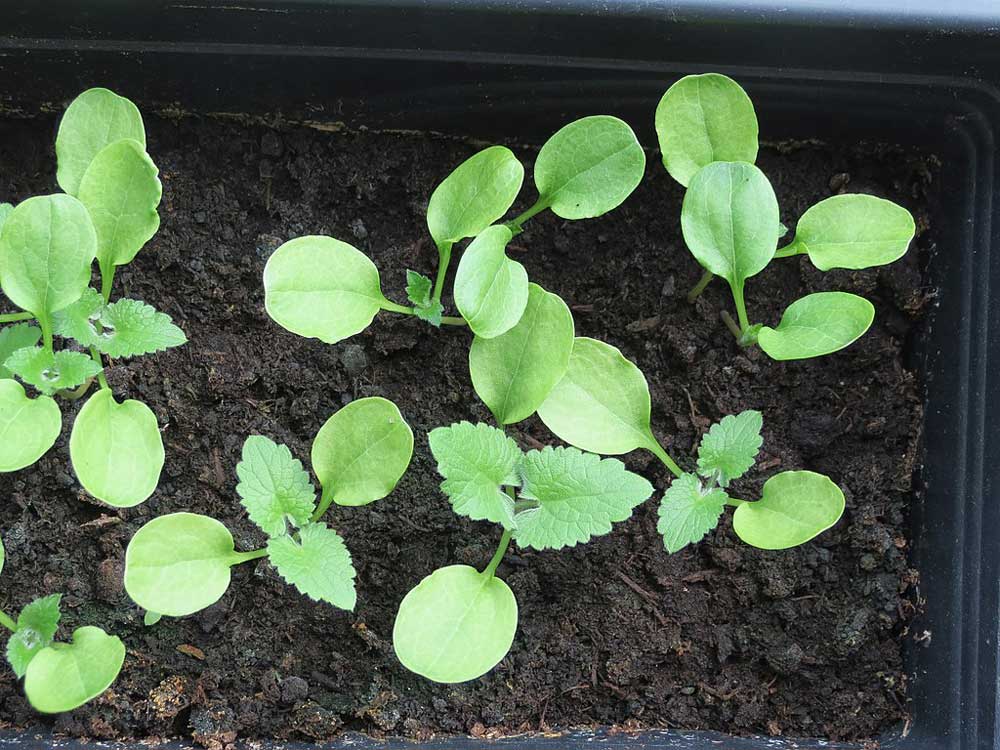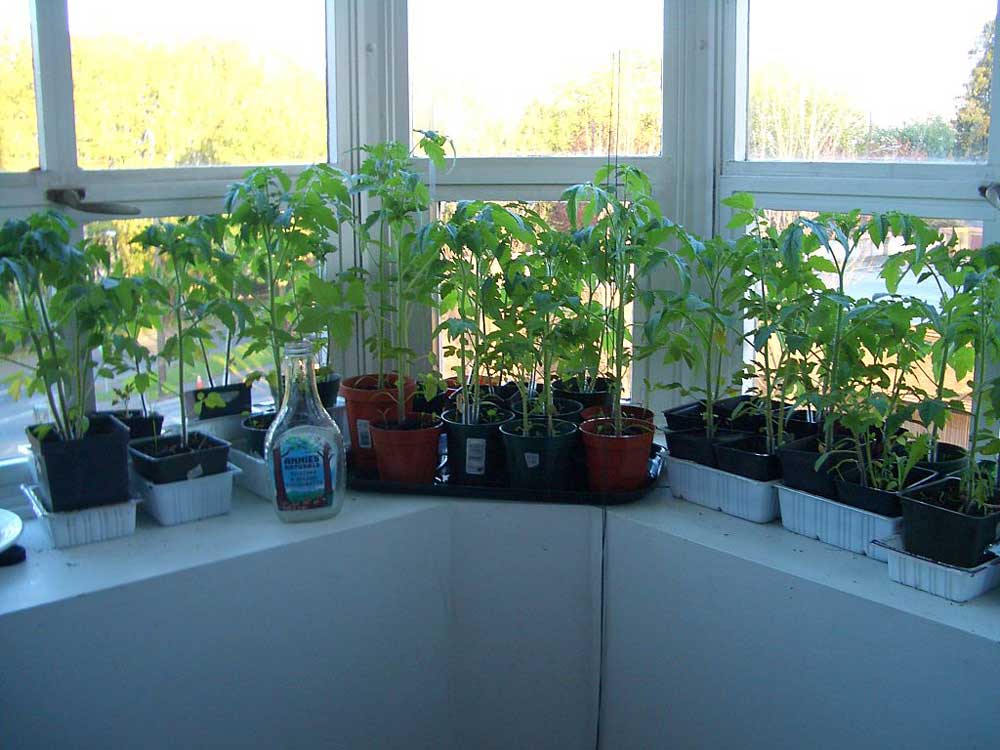Part 1: Propagation by seed
2. Sowing seed indoors
If you would like to try the techniques as you study them then you will need to prepare the following items:
Growing media, for example compost (see section on compost).
Seeds of your choice suitable for sowing indoor (this information is printed on the back of most seed packets or can be looked up online on sites such as RHS - Inspiring everyone to grow / RHS Gardening).
Containers such as cell trays or pots (see section on containers).
A clear propagator lid which fits over your containers (optional).
Sowing seeds indoors allows tender plants to be planted earlier in the season than if left to nature. Once they have grown into young plants, they can be hardened off and planted outside when the weather conditions are warm enough. In the UK some seeds can be planted as early as January, but most will be planted February, March and April, for planting out in May or June after the risk of frost.
A garden greenhouse or poly tunnel, or even a sunny windowsill will provide a suitable place for sowing indoors on a non-commercial scale. On a commercial scale the use of propagators, glasshouses and poly tunnels will provide controlled environments for seed sowing with use of mechanised sowing equipment as well as teams of employees.
Search a video site such as YouTube for ‘horticulture commercial seed sowing machinery’ and have a look at the commercial techniques for sowing seed in quantity.

